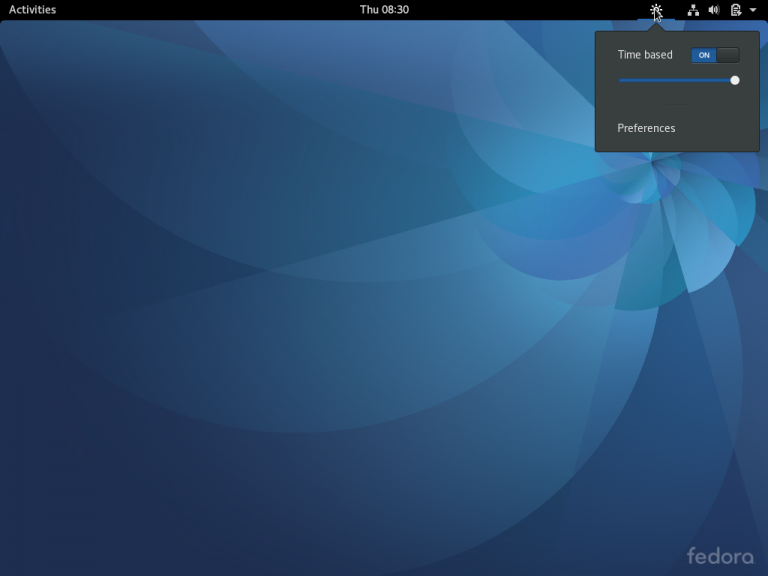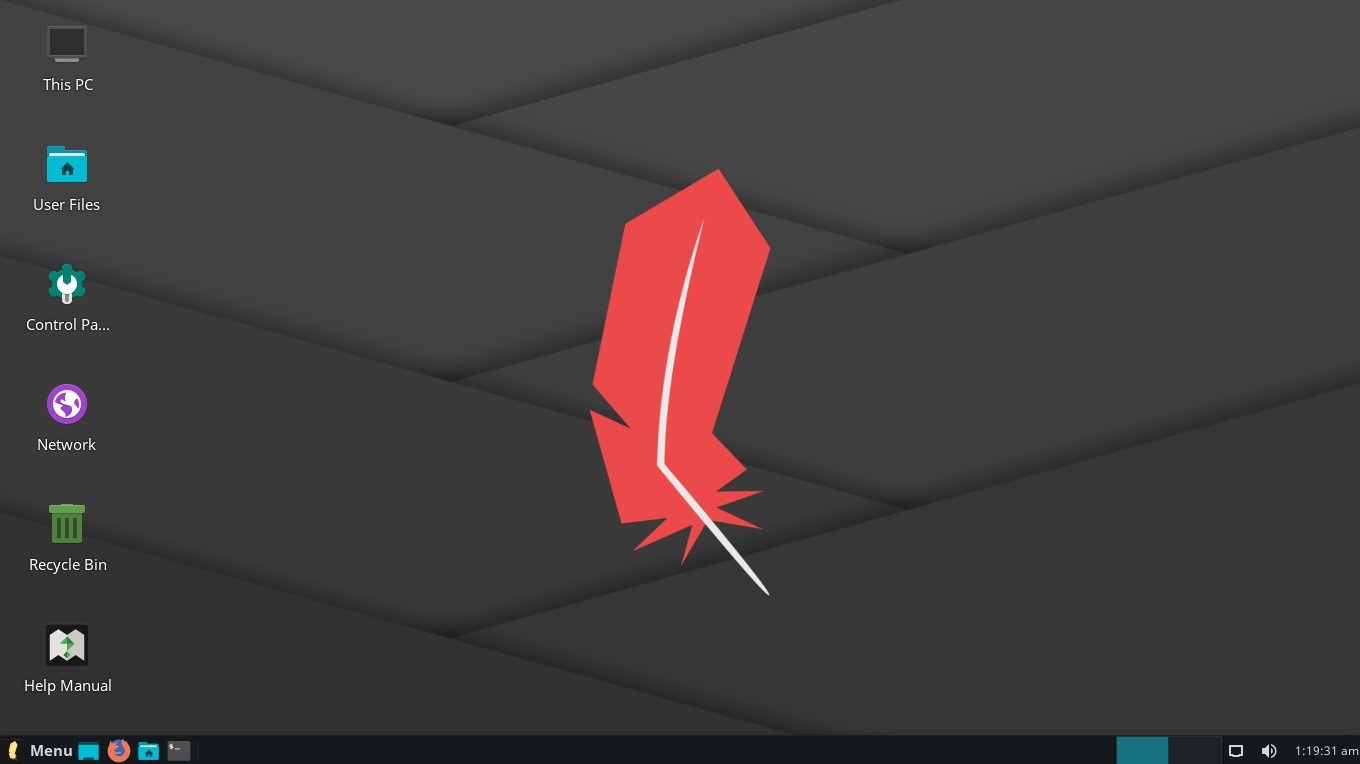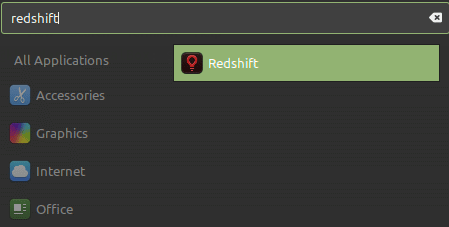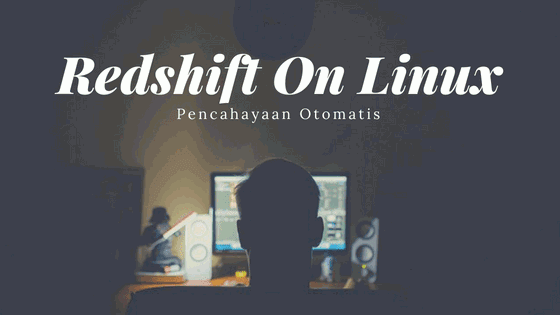

In this example, randr is configured to adjust screen 1. type 'redshift -m METHOD:help' to see the settings type 'redshift -l PROVIDER:help' to see the settings The adjustment method settings are in a different section. but works in some cases when 'randr' does not. 'randr' is the preferred method, 'vidmode' is an older API type 'redshift -m list' to see all possible values Set the adjustment-method: 'randr', 'vidmode' The location provider settings are in a different section. type 'redshift -l list' to see possible values Set the location-provider: 'geoclue', 'gnome-clock', 'manual' Set the screen gamma (for all colors, or each color channel individually) It is also possible to use different settings for day and night since version 1.8. 1 will gradually increase or decrease the screen temperature

0 will cause a direct change from day to night screen temperature. Enable/Disable a smooth transition between day and night Set the day and night screen temperatures You can just use the built-in night light feature if you wish to have it.Although I now used GNOME Shell's similar feature, I still have that in ~/.config/nf from the time I was using Redshift on Trisquel 8:
#Redshift linux install#
Other desktops like GNOME or KDE may have built-in night light as we explained, so you may not need to use or install Redshift on them. It is a very nifty thing one enables but may have a huge impact on one of the most precious parts in his/her body: The eyes. Luckily, the steps for enabling Redshift on Linux are quite straightforward and easy, and do not require a lot of work as we explained. It helps you avoid eye strain and other related health issues, so it’s important to check it up and enable it wherever possible (even on your mobile phone if you can). Night Light is an important feature to look for in any Linux desktop.
#Redshift linux software#
(Note: Toggling the “Enable” button from the Redshift system tray icon will not cause changes to take place, you have to exit the software and start it again in order for changes to become effective). You can modify the color temperatures according to your needs however you like, and then restart the software for changes to take effect. Just make sure that both the “Enabled” and “Autostart” options are toggled in the system tray icon. You can browse the list of possible color temperatures from this Wikipedia page or just see this table for how they would look like: But for you, you can choose to set a different color temperature for night time and day time. If you remove these two lines, then the software will apply night light to all monitors you have connected to your computer.įor me, I like to use night light all the time, because it makes my eyes more comfortable, especially because I work for 14 hours a day on it.


Getting Night Light on Linux with Redshift.


 0 kommentar(er)
0 kommentar(er)
